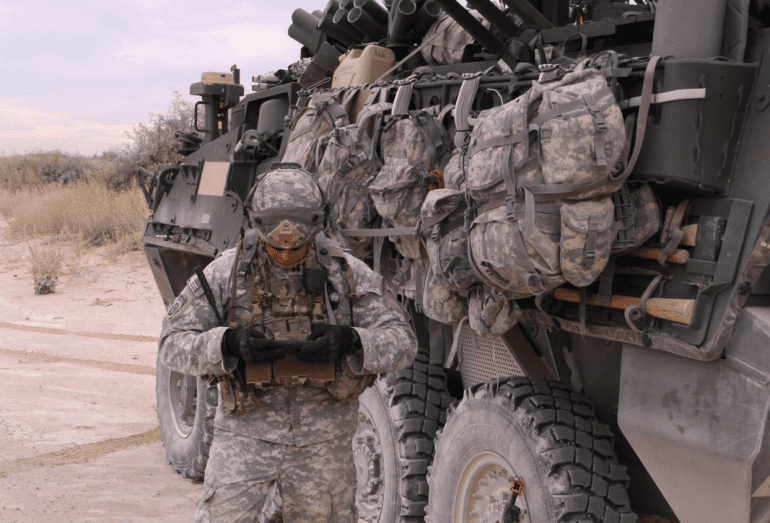- Army is finalizing a directive to guide its use of large language models (LLMs) and generative AI.
- LLMs have gained popularity, notably with platforms like ChatGPT, prompting the need for stringent safeguards.
- Collaboration with key stakeholders is shaping proactive experimentation and operationalization of generative AI.
- Security concerns are paramount, necessitating robust internal protocols to prevent data leakage.
- Impending policy directive aims to delineate clear boundaries and protocols for utilizing generative AI tools within classified environments.
Main AI News:
The military is on the brink of unveiling fresh directives to steer its utilization of advanced language models, marking a significant stride in harnessing the power of artificial intelligence. Spearheaded by the Army’s chief information officer, Leo Garciga, the forthcoming guidelines are poised to shape the landscape of generative AI adoption within the department.
Large Language Models (LLMs), renowned for their ability to produce a myriad of content ranging from text to multimedia based on input prompts, have surged in popularity, notably with the advent of platforms like ChatGPT. Pentagon officials are keen on harnessing the potential of generative AI while ensuring stringent safeguards to protect sensitive information from unauthorized access.
“We continue to see the demand signal. And though [there is] lots of immaturity in this space, we’re working through what that looks like from a cyber perspective and how we’re going to treat that. So we’re gonna have some initial policy coming out,” Garciga remarked during a recent webinar hosted by AFCEA NOVA.
Collaboration with the Office of the Assistant Secretary of the Army for Acquisition, Logistics and Technology has been instrumental in crafting these guidelines, aimed at fostering proactive experimentation and operationalization of generative AI technology within the military ecosystem.
While generative AI holds promise in enhancing efficiency across various domains, security remains a paramount concern. Jennifer Swanson, deputy assistant secretary of the Army for data, engineering, and software, highlighted the risks associated with indiscriminate use of LLMs, emphasizing the need for robust internal protocols to prevent sensitive data leakage.
The impending policy directive is poised to address these security imperatives, with a focus on delineating clear boundaries and protocols for utilizing generative AI tools within classified environments. Garciga stressed the importance of data protection and delineating the parameters of engagement between the government and industry stakeholders in this evolving landscape.
“We really want to focus on making sure that it’s a data-to capability piece, and then add some depth for our vendors where we start putting a little bit of a box around, [if] I’m going to build a model for the U.S. government, what does it mean to for me to build it on prem in my corporate headquarters? What does that look like?” Garciga elucidated, underscoring the need for comprehensive guidelines to navigate the intricacies of generative AI deployment in government settings.
Conclusion:
The Army’s forthcoming directive underscores a strategic approach to harnessing generative AI while mitigating security risks. This development signals a growing recognition of AI’s transformative potential in military operations, emphasizing the need for comprehensive guidelines to navigate this evolving landscape. For businesses operating in the AI sector, this underscores the importance of aligning with stringent security standards and collaborating closely with government stakeholders to address emerging concerns.

